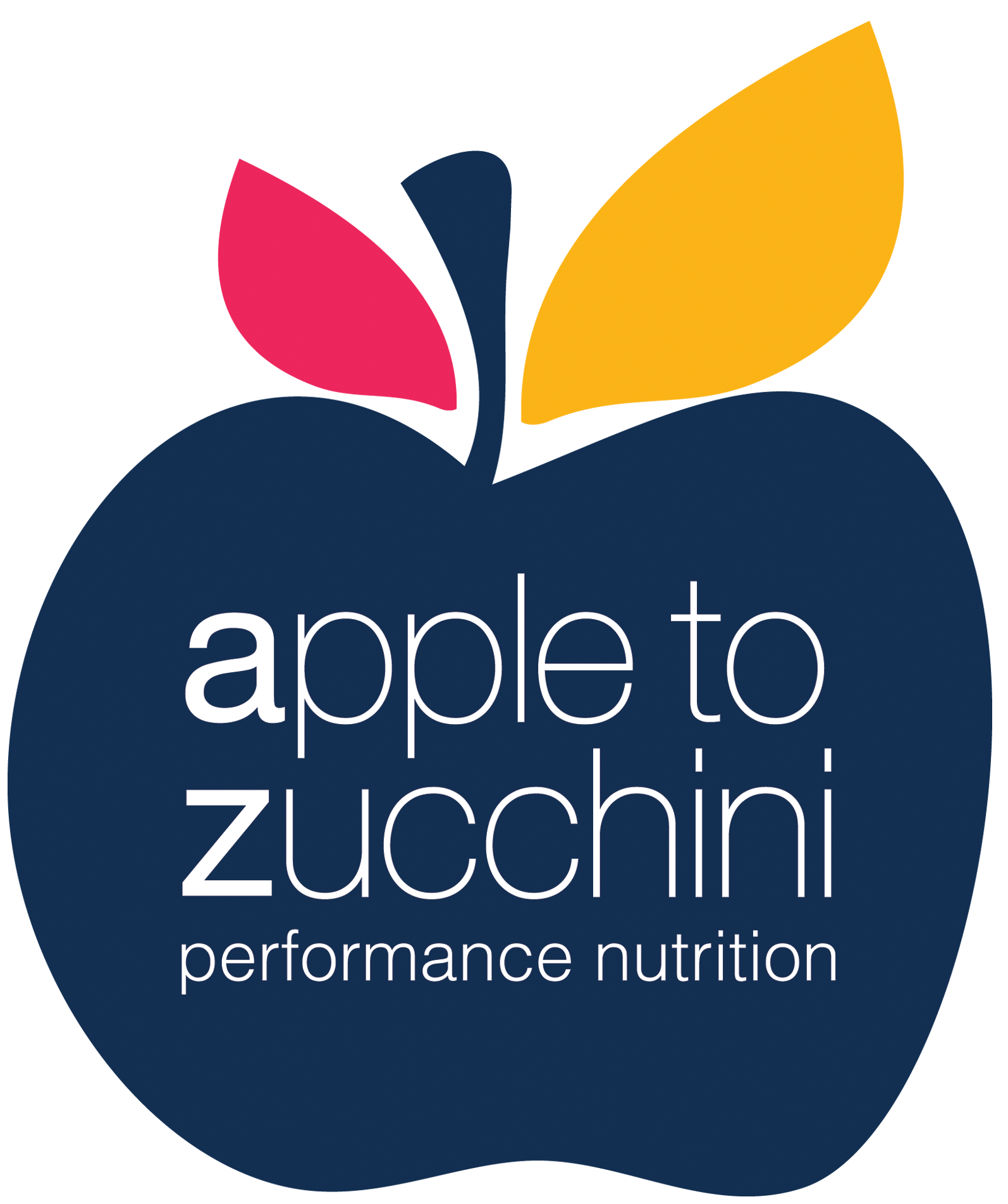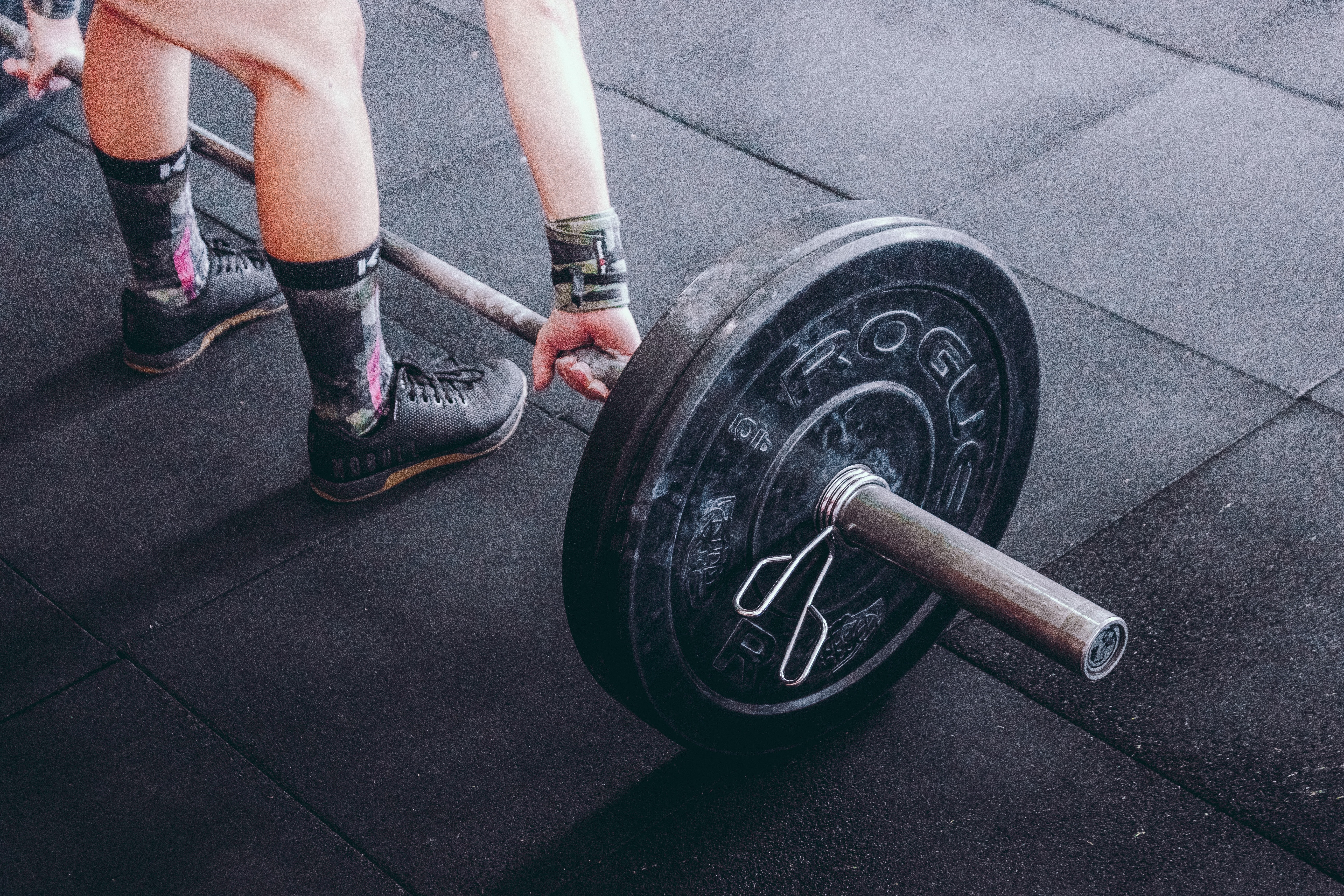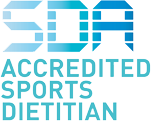7 min read | words by Andrew Hall | Advanced Sports Dietitian + Exercise Scientist
Eating fish & salad isn’t going to stop you from injuring yourself if you get drunk and go into a 24 hour gym; but, read on if you want to see what nutritional strategies may amplify your prescribed rehabilitation or exercise program.
Collagen + construction
Basketball players wear compression garments with integrated padding as a semi protective “armour”. In a similar concept, could what you put in your mouth before exercise help reduce the chance of tissue breakdown or pain? Research is suggesting that pre-exercise gelatin supplementation may help provide such an armour.
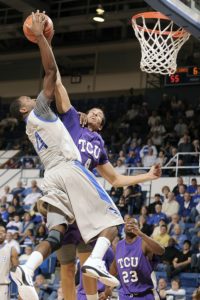 Here’s how: Supplementation with gelatin has been shown to improve connective tissue structure and function. In 2011 a research group revealed that consuming 10g of gelatin per day resulted in an increase in collagen within the knee.
Here’s how: Supplementation with gelatin has been shown to improve connective tissue structure and function. In 2011 a research group revealed that consuming 10g of gelatin per day resulted in an increase in collagen within the knee.
Similarly, a 24 week randomized clinical trial in athletes discovered that a gelatin supplement (in this case collagen hydrolysate) significantly decreased knee pain. The authors suggest that oral gelatin reaches joints and stimulates joint tissues, and that athletes using the supplement can potentially improve their joint health and reduce pain associated with strenuous athletic activity.
This was followed by a 2016 study looking closely at the effects of pre-exercise vitamin C and collagen supplementation on tendon integrity. The study determined that it improves collagen building and could potentially decrease musculoskeletal injuries and accelerate recovery. This is because amino acids that are highly enriched in collagen (glycine, proline, hydroxyproline, and hydroxylysine) work alongside vitamin C to drive collagen synthesis and improve collagen crosslinking (for example in tendon tissue). Vitamin C is included due to its requirement for activation of specific enzymes involved in the process.
Compete with colour
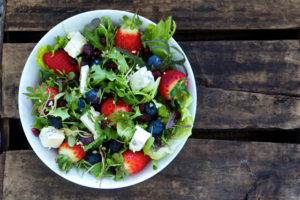 Ah the magic of a quality diet truths again. A 2017 Scandinavian research group found that a healthy diet (meeting the recommendations) of fruits, vegetables, and fish, reduced the odds of sustaining a new injury in adolescent athletes. The researchers believe that a healthy diet inherently delivers the necessary requirements of protein, essential vitamins, and minerals to enhance recovery between training sessions, competitions and therefore reduce the risk of injury and illness. We’ve known for a long time that a healthy well balanced and well-timed eating regime is important for athletes, but the link to injury risk is a growing consideration. There are plenty of things you can’t control as an athlete, but the amount and frequency of colour (vegetables/salad) on your plate is one of them; why not maximise your chances?
Ah the magic of a quality diet truths again. A 2017 Scandinavian research group found that a healthy diet (meeting the recommendations) of fruits, vegetables, and fish, reduced the odds of sustaining a new injury in adolescent athletes. The researchers believe that a healthy diet inherently delivers the necessary requirements of protein, essential vitamins, and minerals to enhance recovery between training sessions, competitions and therefore reduce the risk of injury and illness. We’ve known for a long time that a healthy well balanced and well-timed eating regime is important for athletes, but the link to injury risk is a growing consideration. There are plenty of things you can’t control as an athlete, but the amount and frequency of colour (vegetables/salad) on your plate is one of them; why not maximise your chances?
Bones battle pavement stress
 Nutrition – including total calories, calcium, and vitamin D intake can affect bone mineral density and bone structure. Consequently, nutrition influences how well bones can tolerate the repetitive impact of running and repair the microdamage caused by training. Researchers from UCLA and Stanford University are still currently completing the study, however, preliminary results reveal that athletes involved in the study have already shown increased bone density (by 2 to 5 percent over a one-year period), and decreased frequency of bone stress injuries. It has also been found that runners with higher vitamin D levels recovered more quickly from injury.
Nutrition – including total calories, calcium, and vitamin D intake can affect bone mineral density and bone structure. Consequently, nutrition influences how well bones can tolerate the repetitive impact of running and repair the microdamage caused by training. Researchers from UCLA and Stanford University are still currently completing the study, however, preliminary results reveal that athletes involved in the study have already shown increased bone density (by 2 to 5 percent over a one-year period), and decreased frequency of bone stress injuries. It has also been found that runners with higher vitamin D levels recovered more quickly from injury.
The balance of energy needed for training, and the energy intake from nutrition is a complex and often sensitive area for certain athletes. A prolonged energy imbalance can affect hormones. For example, in females, estrogen levels decrease, which may lead to menstrual cycle disturbances and this can disrupt the body’s ability to absorb calcium. Thyroid, growth, and stress hormones are also affected; all of which can have negative effects on bone health.
More information on the impact of protein, fruit and veggies on bone health can be found in this previously written article.
Creatine & concussion
Research in this space is novel, but individuals who train or compete in contact/aerial sports should keep an eye out. Recent science suggests that creatine supplementation may assist in reducing the severity of concussive incidents and enhancing recovery from them afterwards. How? Following a concussion, brain creatine levels decrease and there is an influential shift in brain energy (ATP) dynamics. It is believed that creatine supplementation may help reduce the negative impact of this occurrence. Alongside this, many other changes take place, such as membrane disruption, nerve damage, mitochondrial dysfunction, oxidative stress, and inflammation. It is believed that this could make the brain vulnerable to further injury, but creatine supplementation might potentially offset such an occurrence. Because the creatine we consume from foods in the diet is found exclusively in the muscle or organ tissue of animals, vegetarians and vegans are especially at risk of lower levels. The human body can synthesize about half of the daily needed level of creatine, but individuals on plant-based diets have a relative deficiency. Supplementation with creatine can bring muscular creatine stores up to par with omnivores.
The potential benefits of creatine supplementation on concussion recovery need to be further studied, and although the data are not conclusive, athletes ingesting creatine for muscular benefits may receive benefits to the brain as well.
Fight fatigue
You’ve probably noticed your favourite sports teams making “dumb” mistakes late in the game. Athletes become fatigued, and their decision-making, and fine motor skills get sloppy. Fatigue is known to modify running biomechanics. Since both mental and physical fatigue have been reported to negatively affect physical and technical performance and increase the risk of injury, managing fatigue is now a major feature of high performance – and it should be your focus too. When researchers examined the injuries in soccer matches, they found the risk of injury increased towards the end of each half of the game, when players had been on the field the longest. This notion would be transferrable to other sports as well (AFL, basketball, tennis etc). So what can I do? While fatigue can occur for a number of reasons, hydration and nutritional fuelling are known contributors to delaying fatigue. What you eat in the lead up to competition/training, how well hydrated you are, and how good you are at fuelling these sessions (with smart carbohydrates) will have a huge impact on fatigue onset. In long distance triathlon for example, hydration and carbohydrate strategies allow athletes to maintain their exercise intensity for longer. When fuelled correctly, an athlete can avoid “bonking”, and reduce the risk of cramping (which in itself is a small grade injury). So, if your preparation nutrition and game day nutrition aren’t a priority, now is a good time to sharpen these tools to success.
Tame the flame
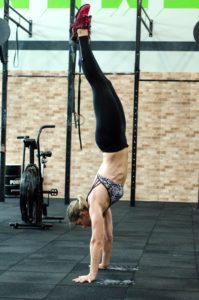 The foods and drinks that people eat have an impact on their total body (systemic) inflammation. Proinflammatory (hazardous) foods include alcohol, highly processed foods, high saturated fat, high added sugars, and deep-fried anything. Anti-inflammatory foods include: fruit and vegetables, extra virgin olive oil, high omega-3 fish etc.
The foods and drinks that people eat have an impact on their total body (systemic) inflammation. Proinflammatory (hazardous) foods include alcohol, highly processed foods, high saturated fat, high added sugars, and deep-fried anything. Anti-inflammatory foods include: fruit and vegetables, extra virgin olive oil, high omega-3 fish etc.
Research suggests that if knee cartilage is injured in a state of high inflammation, this accelerates progression toward cartilage degradation. When corrective surgery is performed during a state of high inflammation, this can also accelerate. Furthermore, inflammation related to obesity and aging introduces an increased risk of developing osteoarthritis following cartilage injury. This association is perhaps explained by the fact that adipose tissue (fat cells) has the ability to act as an endocrine organ (producing a variety of inflammatory hormones/factors).
The take home message from here is that if you are frequently getting niggles that seem to linger longer than they should, consider your diet quality. As an athlete, an anti-inflammatory style diet is going to be beneficial to your recovery and performance anyway. In this case, if you are unfortunately injured, your diet quality will likely assist in the speed of return to play.
Caveat
Nutritional strategies may amplify the recommended rehabilitation or exercise programs, but without structured foundation, nutrition lands further down the line of significance.
Let me say it again: eating all the fish & salad in the world won’t stop you getting injured if you get drunk and go into a 24 gym; neither will it stop you rolling your ankle if you run marathons in high heel shoes…but it sure can be the icing on a well-planned training program.
Andrew Hall is an Advanced Sports Dietitian and Sport Scientist. He knows his stuff when it comes to injury and prerehab nutrition (in fact we let him claim coining that latter phrase). To have Andrew personalise a nutrition plan with your specific goals in mind, click here
References
- Rosen, P., Frohm, A., Kottorp, A., Friden, C., & Heijne, A. (2017). Too little sleep and an unhealthy diet could increase the risk of sustaining a new injury in adolescent elite athletes. Scandinavian journal of medicine & science in sports, 27(11), 1364-1371.
- Kraus, E., Nattiv, A., Tenforde, A., Kussman, A., Barrack, M., Kim, B., … & Fredericson, M. (2017). Preliminary Results from a Prospective Study Using the Female Athlete Triad Cumulative Risk Assessment: 3811 Board# 258 June 3 9. Medicine & Science in Sports & Exercise, 49(5S), 1098
- Yu, C. (2018). The Right Diet Can Help Prevent Running Injuries. https://www.outsideonline.com/2292216/to-avoid-running-injuries-diet-matters
- Shaw, G., Lee-Barthel, A., Ross, M. L., Wang, B., & Baar, K. (2016). Vitamin C–enriched gelatin supplementation before intermittent activity augments collagen synthesis. The American journal of clinical nutrition, 105(1), 136-143.
- Clark, K. L., Sebastianelli, W., Flechsenhar, K. R., Aukermann, D. F., Meza, F., Millard, R. L., … & Albert, A. (2008). 24-Week study on the use of collagen hydrolysate as a dietary supplement in athletes with activity-related joint pain. Current medical research and opinion, 24(5), 1485-1496.
- Tack, C., Shorthouse, F., & Kass, L. (2017). The Physiological Mechanisms of Effect of Vitamins and Amino Acids on Tendon and Muscle Healing: A Systematic Review. International journal of sport nutrition and exercise metabolism, 1-44.
- Rawson, E. S., Miles, M. P., & Larson-Meyer, D. E. (2018). Dietary Supplements for Health, Adaptation, and Recovery in Athletes. International journal of sport nutrition and exercise metabolism, 1-33.
- Website accessed May 2018: https://examine.com/supplements/creatine/
- Gates, D. H., & Dingwell, J. B. (2008). The effects of neuromuscular fatigue on task performance during repetitive goal-directed movements. Experimental Brain Research, 187(4), 573-585.
- Coutts, A. J. (2016). Fatigue in football: it’s not a brainless task!. Journal of sports sciences, 34(14), 1296
- Ekstrand, J., Hägglund, M., & Waldén, M. (2010). Injury incidence and injury patterns in professional football: the UEFA injury study. British journal of sports medicine, bjsports60582.
- Edd, S. N., Giori, N. J., & Andriacchi, T. P. (2015). The role of inflammation in the initiation of osteoarthritis after meniscal damage. Journal of biomechanics, 48(8), 1420-1426.
- McAlindon, T. E., Nuite, M., Krishnan, N., Ruthazer, R., Price, L. L., Burstein, D., … & Flechsenhar, K. (2011). Change in knee osteoarthritis cartilage detected by delayed gadolinium enhanced magnetic resonance imaging following treatment with collagen hydrolysate: a pilot randomized controlled trial. Osteoarthritis and Cartilage, 19(4), 399-405.
- Bazuelo-Ruiz B, Durá-Gil JV, Palomares N, Medina E, Llana-Belloch S. (2018) Effect of fatigue and gender on kinematics and ground reaction forces variables in recreational runners. PeerJ .
